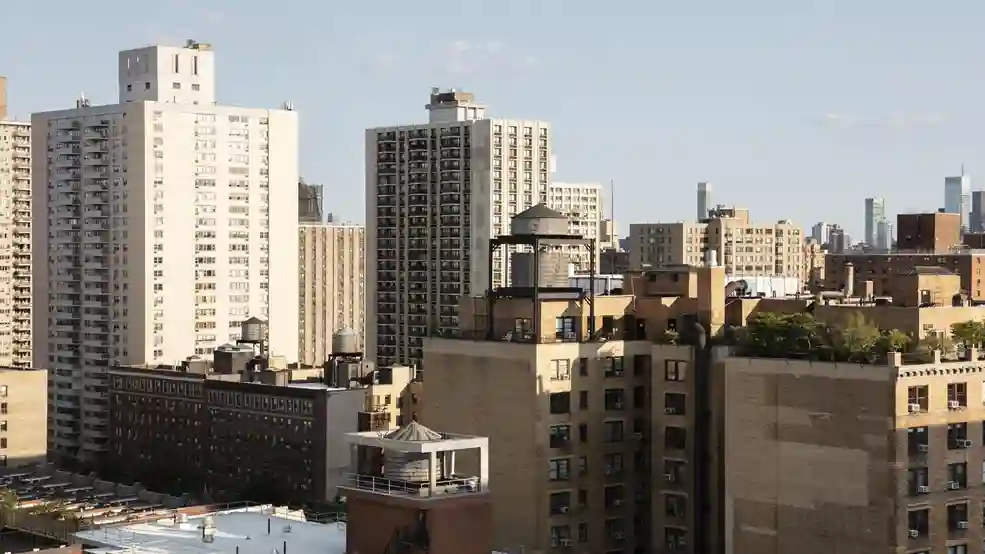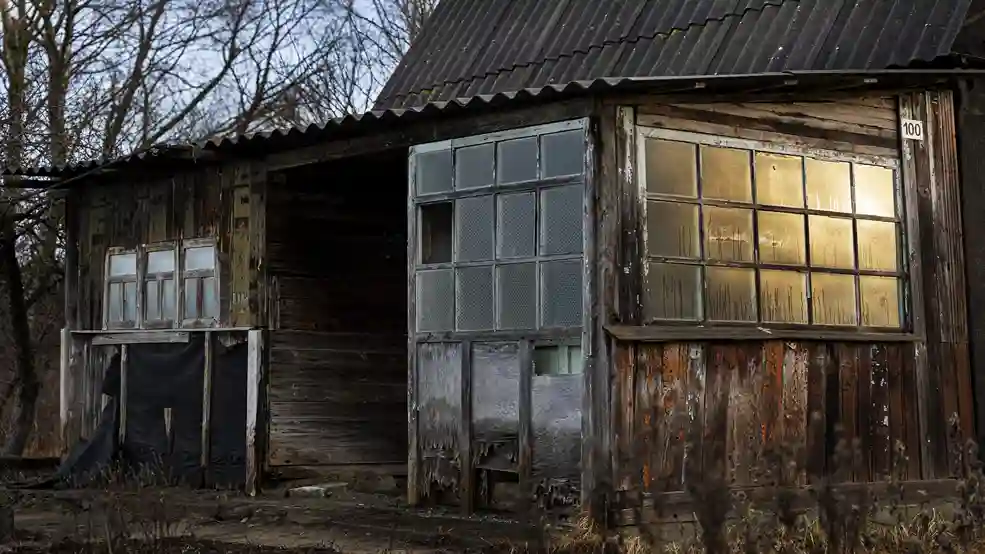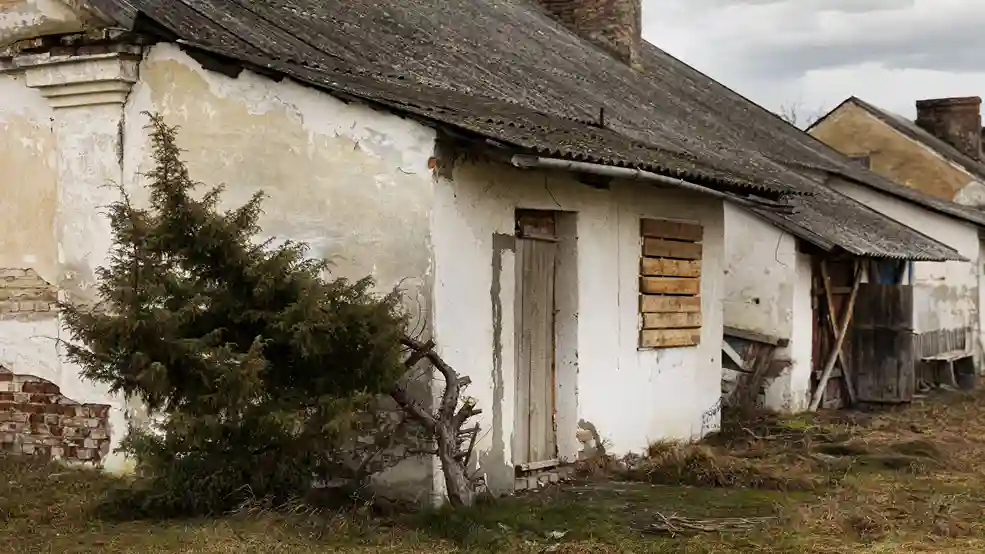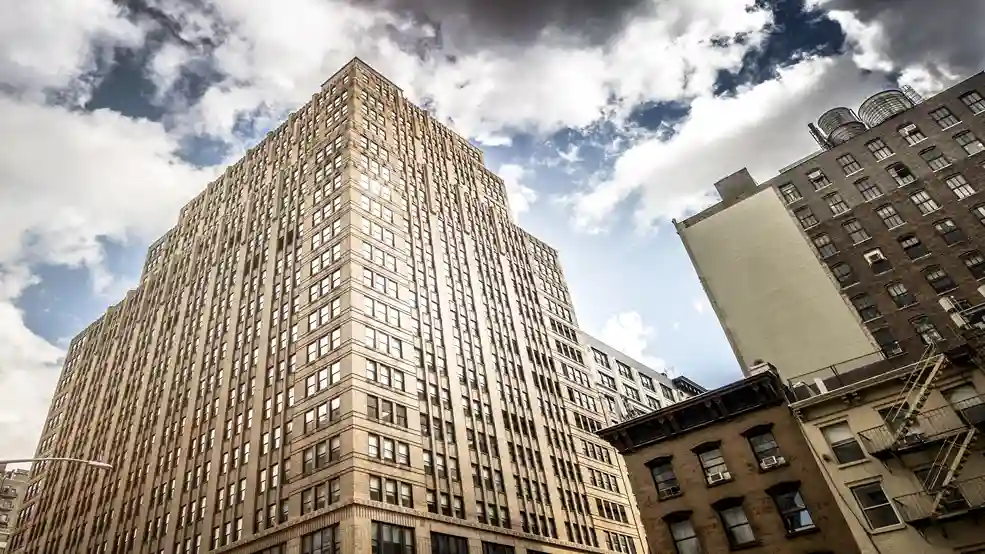Below is a comprehensive guide to New York squatter rights designed for property owners, tenants, and legal professionals alike. In this article, we dive deep into the general legal framework that governs squatting, adverse possession, and landlord remedies throughout New York State.
We explore key differences between squatting and trespassing, outline the legal requirements for adverse possession, and provide practical steps for evicting squatters—all while offering actionable advice to prevent unauthorized occupancy.
Throughout the article, the term New York squatter rights is featured as a central theme, ensuring that readers gain a thorough understanding of this complex topic.
As an added resource, here’s a quick facts table addressing important criteria that impact property security and tenant-landlord relations:

Understanding Squatter Rights in New York
New York squatter rights have sparked debates among property owners, tenants, and legal experts for decades. As complex as these rights may seem, understanding the core principles behind NY squatters’ rights is essential to protecting your property and navigating legal disputes.
In this section, we answer common questions regarding squatters’ rights in the Empire State and explore why these rights exist.
What are squatters' rights in New York?
New York squatter rights refer to the legal claims that unauthorized occupants may eventually acquire if they meet specific criteria under state law.
These rights are often associated with the doctrine of adverse possession, whereby continuous, open, and notorious occupancy over a statutory period may allow squatters to claim legal title. Key points include:
- Open Possession: The squatter’s occupation must be visible and obvious.
- Hostile Claim: The occupation is without the owner's permission.
- Continuous Residency: The squatter must occupy the property continuously for a legally specified duration.
- Legal Notice: In some instances, the squatter must publicly assert their claim.
This legal framework explains why many ask, “What are squatters' rights in New York state?” and how such rights interact with broader property laws.
Why do squatters have rights?
The question of “why do squatters have rights” can be answered by considering public policy and legal precedents. These rights are established to:
- Promote Land Use: Prevent properties from remaining idle by encouraging productive use.
- Ensure Stability: Establish clear legal frameworks that eventually clarify ownership.
- Protect Long-term Occupants: Reward those who maintain and improve properties that have been neglected.
Despite the controversial nature of these rights, they serve an important role in balancing the interests of property owners and long-term occupants. The existence of New York squatter rights means that even unauthorized occupation can lead to legal protections if certain criteria are met.
Is squatting legal in New York?
The legal status of squatting in New York is not straightforward. While squatting in New York City and across the state is initially illegal, the law recognizes that extended, continuous occupation under adverse possession can lead to legal rights.
In other words, while squatting is not legal at the outset, the pathway to New York squatter rights is well established—provided that squatters meet the stringent legal requirements. This distinction is often captured in discussions around phrases like “is squatting legal in New York” and “adverse possession NY”.
Recent legal updates on New York squatting laws (2025)
Recent legislative changes in 2025 have refined the framework around New York squatter rights. Notable updates include:
- Shorter Notification Periods: New rules mandate quicker notifications to property owners when unauthorized occupancy is suspected.
- Enhanced Due Process for Landlords: Improved procedures ensure that property owners have robust legal recourse when addressing squatters.
- Clearer Timeframes for Adverse Possession: Updates provide more precise definitions regarding the required continuous occupation period, addressing questions like “how long is squatters' rights in NY.”
These legal updates reflect ongoing efforts to balance the interests of property owners with the legal rights that squatters may eventually claim.
Squatting vs. Trespassing in New York: Key Differences

Distinguishing between squatting and trespassing is essential for anyone dealing with property disputes in New York. Although both terms relate to unauthorized entry, the legal implications differ significantly.
Legal definitions of squatting and trespassing in NY
- Squatting: Under New York squatter rights provisions, squatting involves the prolonged, open, and notorious occupation of a property without the owner’s consent. Squatters may gain legal protections over time if they meet adverse possession requirements.
- Trespassing: Trespassing, in contrast, involves the unauthorized entry onto property without the intention of claiming legal title. Trespassers are not afforded the same legal remedies as squatters.
When does squatting become trespassing?
Squatting becomes a matter of trespassing when the occupation does not meet the statutory requirements for adverse possession. Key factors include:
- Duration: If the occupation is brief or intermittent, it is more likely considered trespassing.
- Intent: An absence of the intention to claim ownership typically signals trespassing rather than squatting.
- Notice: If the property owner is unaware or has not been legally notified, the act may be treated as trespassing.
Squatting in New York City vs. other areas (Long Island, Upstate NY)
The dynamics of New York squatter rights can vary considerably by region:
- New York City: Urban density and high real estate values often cause squatting cases in the New York City complex. Issues such as squatting in New York City are closely watched by legal experts.
- Long Island: Cases in suburban settings, such as those involving squatters' rights in Long Island NY, may involve different timelines and local legal nuances.
- Upstate New York: In rural or less densely populated areas, the application of adverse possession laws can differ, reflecting local property customs and enforcement practices.
How Long Do Squatters Need to Stay to Gain Rights in NY?
Understanding the timeframe required for squatters to gain legal rights is a crucial element of New York squatter rights. This section explores the statutory periods and methods by which squatters establish legal residency.
What is the timeframe for squatters' rights in New York?
For a squatter to successfully claim rights through adverse possession, they must typically occupy the property continuously for a specified period. In New York, this period often ranges from 10 to 15 years. Key points include:
- Continuous Occupation: The squatter must reside on the property without interruption.
- Public Notice: The occupation must be obvious to the community and the property owner.
- Legal Claims: The squatter must assert their claim publicly and meet all statutory requirements.
The precise duration may vary depending on the jurisdiction, and questions such as “how long are squatters' rights in NY” are common among property owners and legal professionals.
How do squatters establish legal residency?
Squatters can establish legal residency by:
- Maintaining Continuous Occupancy: Demonstrating uninterrupted residence for the statutory period.
- Improving the Property: Making visible improvements that indicate a commitment to the property.
- Paying Taxes: In some cases, paying property taxes or other fees can bolster a claim.
- Documenting Use: Keeping records and evidence of occupancy and maintenance activities.
These steps are essential for anyone asking “how to claim squatters' rights in NYC” or questioning “what are squatters' rights in New York state” from a legal standpoint.
Adverse Possession in NY: Can a Squatter Take Over a Property?

About the controversial adverse possession, it’s the legal principle that underpins New York squatter rights. This doctrine allows a person to occupy a property without permission to claim legal title if they eventually meet certain criteria.
What is adverse possession, and how does it work in NY?
Adverse possession in New York requires that a squatter:
- Occupies the Property Openly: The occupation must be visible and without concealment.
- Maintains Possession Continuously: The squatter must be present on the property for the statutory period.
- Exercises Exclusive Possession: The occupant must act as the sole possessor, excluding others.
- Acts Hostilely to the Owner’s Interests: The occupation must be without the permission of the owner.
This legal framework is central to New York squatter rights, particularly when addressing questions like “adverse possession NY.”
Legal requirements for squatters to claim property ownership
To convert squatting into legal ownership, squatters must satisfy several stringent legal requirements:
- Uninterrupted Occupancy: Evidence of continuous residence for the required timeframe.
- Public Notice: Clear demonstrations of occupation, ensuring that the owner is aware of the squatter’s presence.
- Factual Possession: Documentation of the squatter’s improvements, maintenance, or tax payments.
- Legal Proceedings: In some cases, the squatter must successfully file a legal claim in court to formalize ownership.
For those wondering, “Can you kick out squatters” or if “squatting in New York City” might eventually lead to adverse possession, these criteria are the cornerstone of establishing New York squatter rights.
How to Evict a Squatter in New York (Updated 2025)
For property owners facing unauthorized occupants, understanding how to legally remove squatters is essential. The eviction process is governed by strict legal guidelines to protect both the property owner and the rights of the occupant.
A step-by-step process for legally removing a squatter
- Step 1 - Verify the Occupancy: Confirm whether the occupant falls under the category of a squatter or a tenant. This distinction is crucial when applying New York squatter rights and related eviction processes.
- Step 2 - Serve a Formal Notice: Issue a legally compliant “Notice to Quit” that informs the squatter of the eviction. This notice must adhere to state-mandated timeframes.
- Step 3 - File an Eviction Lawsuit: If the squatter does not leave voluntarily, the property owner must file a legal eviction action in the appropriate court.
- Step 4 - Attend the Hearing: Present evidence that the occupant is unauthorized and that all legal procedures have been followed.
- Step 5 - Obtain a Court Order: Once the court issues an eviction order, coordinate with local law enforcement to execute the removal.
Required eviction notices and legal steps
- Notice to Quit: This document must be delivered in a manner prescribed by New York law. It outlines the reason for eviction and the time allowed for the squatter to vacate.
- Court Filings: All required legal documentation must be completed accurately to support the eviction case.
- Legal Representation: It is highly advisable for property owners to consult with legal experts specializing in New York squatter rights and eviction law.
How to serve a "Notice to Quit" in NY
Serving the “Notice to Quit” involves:
- Personal Delivery: Handing the notice directly to the occupant.
- Certified Mail: Send the notice via certified mail to ensure there is proof of receipt.
- Posting: In some cases, posting the notice on the property as specified by local ordinances.
These steps are essential for anyone asking, “how to evict a squatter in New York state” while ensuring that all legal protocols are met.
How to Prevent Squatters from Taking Over Your Property

Prevention is always preferable to remediation. Property owners can take proactive measures to secure their property against unauthorized occupation and the eventual development of New York squatter rights claims.
Best practices to secure your property against squatters
- Regular Inspections: Frequent property inspections can deter squatters from establishing a foothold.
- Enhanced Security: Invest in surveillance systems, robust locks, and alarm systems.
- Prompt Maintenance: Maintain the property in good condition to signal active ownership.
- Clear Boundaries: Use fences, signage, and physical barriers to define property lines.
The role of lease agreements in preventing unauthorized occupants
Well-drafted lease agreements can serve as a strong deterrent against unauthorized occupation:
- Clear Terms: Clearly outline the rights and responsibilities of tenants, including restrictions on subletting or unauthorized occupancy.
- Enforcement Clauses: Include provisions that detail the consequences of violating the lease terms.
- Regular Updates: Ensure that lease agreements comply with the latest state regulations regarding New York squatter rights.
Understanding sprinkler system requirements in rental properties
Although it may seem unrelated, compliance with safety regulations such as sprinkler system requirements can indirectly prevent squatters from occupying a property. Properties that meet all safety codes are less likely to be abandoned, thus reducing the risk of squatting. Landlords must ensure that:
- Safety Systems Are Up-to-Date: Regularly inspect and maintain sprinkler systems.
- Compliance with Fire Codes: Adhere to local and state regulations, thereby deterring unauthorized occupancy.
Summary
The landscape of New York squatter rights is multifaceted and continually evolving. From understanding the basic legal definitions and differences between squatting and trespassing to navigating the complexities of adverse possession and eviction procedures, this guide provides a detailed roadmap for property owners and potential squatters alike.
Recent legislative updates in 2025 have refined the process further, offering both enhanced protections for property owners and clearly defined pathways for long-term occupants seeking legal recognition. In case you need any other information, feel free to refer to our updates on LeaseRunner. Thank you in advance.
FAQs
Q1. What are squatters' rights in New York?
Squatters' rights in New York refer to the legal protections available to unauthorized occupants who meet specific adverse possession criteria over an extended period, eventually allowing them to claim legal ownership.
Q2. Why do squatters have rights?
These rights exist to encourage the productive use of property, provide legal clarity in cases of long-term occupancy, and reward those who maintain or improve neglected properties.
Q3. Is squatting legal in New York?
Initially, squatting is illegal; however, if the squatter meets all statutory requirements for adverse possession, they may eventually acquire legal rights under New York squatter rights.
Q4. Can you kick out squatters in New York?
Yes, if the property owner follows the legal eviction process correctly. Failure to adhere to the process can lead to complications under New York squatter rights.


